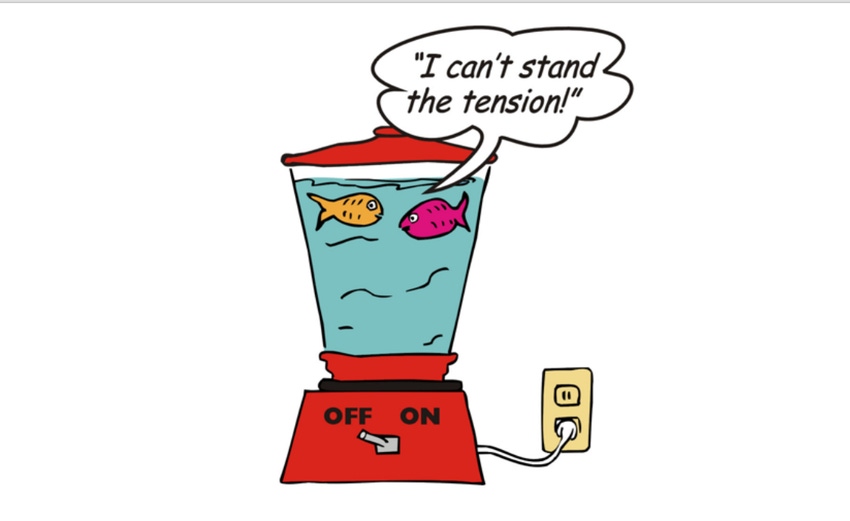Risk management—a changing world
Stress of market volatility to bring changes, consolidation to agribusiness industry.
September 21, 2021

Over the last 45 years, I have dealt with many farmers concerned about margin calls. Corn prices can move $1.00 per bushel in either direction, and if the corn is in the farmer’s bin or in the field, most are not too bothered emotionally. But, if the position is in the futures market where they are reminded daily whether they are making or losing money, it’s a different story. Some have been able to handle the added emotional stress, and some have not. Gradually, most farmers have moved on to other risk management tools, including hedge-to-arrive contracts in lieu of futures, or just cash contracts.
This year, the stress of market volatility seems to have hit many agribusiness firms. Over the last month, our conversations with managers of private grain elevators, co-ops, ethanol plants, livestock operations, and industrial users of grain have shifted invariably to the emotional toll of today’s market environment.
Just since April, December corn futures have fluctuated $1.00 or more per bushel four times and almost $1.00 per bushel four more times! With volatility so high, the cash requirements of running a hedge account soared to a to new level. While a line of credit for a hedge account during a normal year may have been $4 million, this year it could have run up to $20 million. The companies we spoke with are still making money, but it has brought a new emotional toll that most people don’t want to deal with. And in all these cases, it is important that their lender understands what they are doing.
As a manager of one ethanol plant told me, “This has been the most challenging year I’ve ever gone through. We’ve made money, and I am thankful that I have a lender who understands what we are doing and the ups and downs of a hedge account. Without that, we could have been shut down.”
No easy answer
Changes are going to occur. One company who finances managed hedge accounts for farmers has already stated that this is the last year they will be doing so as the risk is too high. In the bull market of 2012-13, a few privately owned grain elevators in Tennessee shut down due to the emotional stress, even though they made money. We are likely going to see more operations like that do the same thing this coming year. The managers just don’t need the additional stress.
It is a positive trend for the very large grain companies such as Cargill and ADM. They will be able to capture a larger market share since in both of these companies a vast majority of their risk management is handled internally. They both have as many buyers as they do sellers. The Cargills and ADMs are in a completely different position than just being solely an ethanol company or solely a privately owned grain elevator. Many of the large poultry and pork companies will start using more cash forward purchasing contracts rather than hedging themselves.
The industry that’s going to be hurt the most in this trend is going to be the futures and options industry. Volume in grain trading and futures and options is already down sharply. The trend is going to continue. The number of independent Introducing Brokerage Firms will decline. However, that may well be to the benefit of the ones that survive as they will pick up business from those who decided to make career changes.
Volatility always results in changes in business trends. Add in the additional stress from COVID, and the last 18 months have not been a lot of fun for many people. But where there are casualties, there are also opportunities. For each of our own businesses, we need to assess what these trend changes mean to us. One of the most obvious implications of a year like we have just experienced is going to be continued consolidation amongst farmers, grain companies and the feed industry. Consolidation of most agribusiness industries will continue just as it already has in the seed, fertilizer and farm magazine industries. The influences of social media and ongoing technological advancements will continue to foster the trend toward further industry consolidation.
About the Author(s)
You May Also Like





